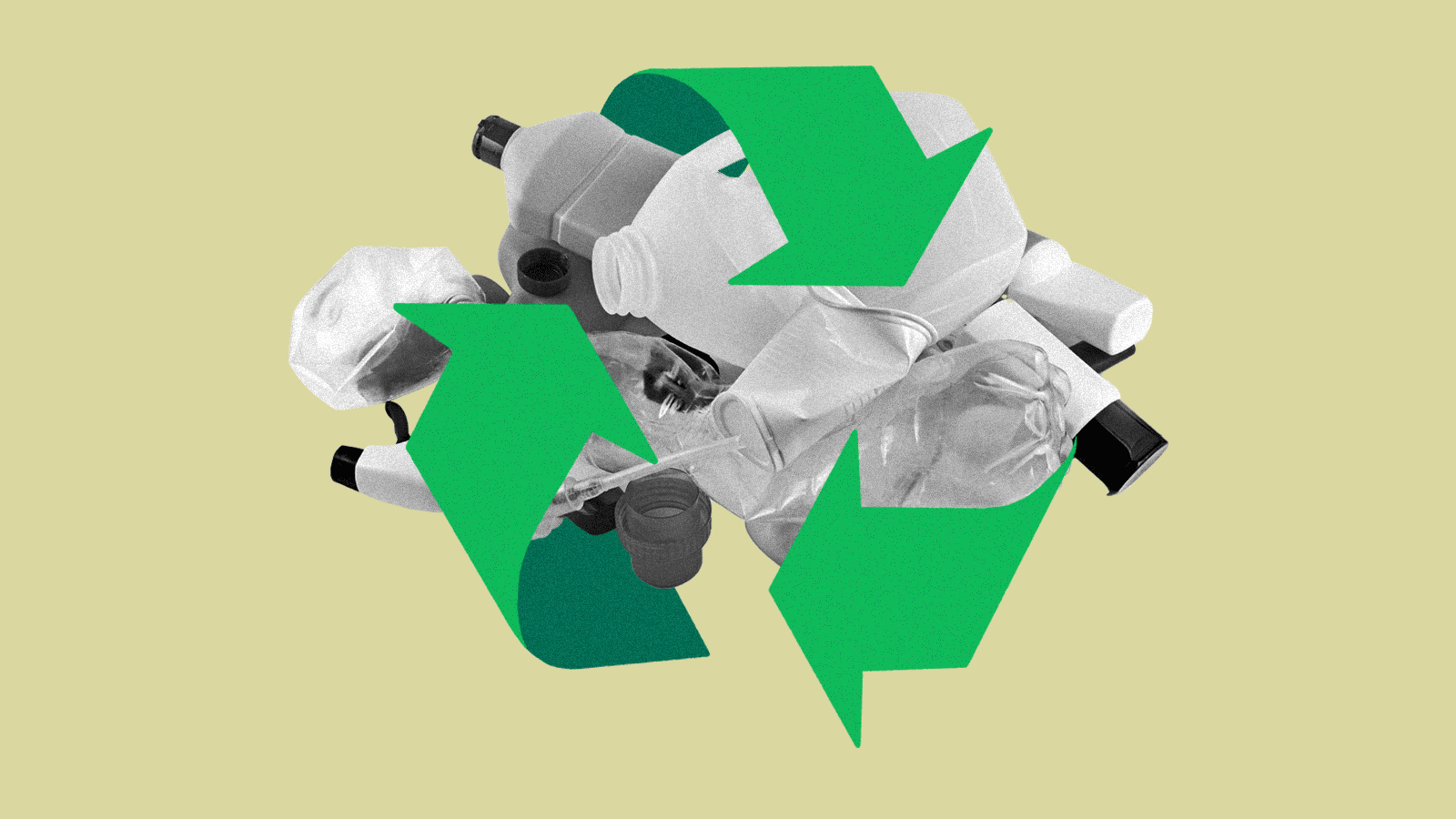In just four seconds, the world produces nearly 60 metric tons of plastic, all made from fossil fuels. This equals 53,000 metric tons per hour, 1.3 million metric tons per day, and a staggering 460 million metric tons per year. This massive production of plastic is causing widespread contamination of the environment, especially our oceans and rivers. Recognizing this urgent issue, the United Nations’ 193 member states gathered in Nairobi, Kenya in March 2022 and committed to negotiating a treaty to “end plastic pollution” by 2025.
Despite the grave threat that a reduction in plastic production poses to petrochemical companies, they surprisingly claim to support the treaty. Some industry groups are even championing it, emphasizing their commitment to the cause. However, their specific goals and desires from the treaty remain somewhat vague.
Some of the world’s largest petrochemical industry trade organizations and product-specific industry groups have published public statements outlining their proposals for a “world without waste.” These proposals mostly revolve around increasing recycling and waste collection efforts to reduce mismanaged plastic waste. While their suggestions fall short of the ambitious goals set by some countries and advocacy groups, they could still potentially bring about a significant reduction in plastic pollution.
Analysis from the University of California suggests that industry-backed policies, if implemented, could cut global plastic pollution by 43 million metric tons annually by 2050. This would represent a 36% reduction below current estimates. However, a more effective solution would be to introduce a realistic production cap, which could alone reduce pollution by 48 million metric tons annually.
Despite the potential positive impact of these proposed policies, the plastics industry’s influence over the treaty negotiations is growing stronger. At recent talks in Ottawa, Canada, almost 200 petrochemical and fossil fuel lobbyists attended, outnumbering representatives from some nations. This industry pressure may shape the final treaty outcome more than desired by environmental advocates.
Plastic makers see the solution to the plastics crisis through the concept of “plastics circularity,” aiming to maximize the use of plastic before disposal. This involves increased recycling, reuse, and waste management efforts. One of the industry’s primary solutions involves setting mandatory recycling rates and recycled content targets as part of the treaty. However, the effectiveness of these solutions remains a topic of debate, with environmental experts raising concerns about chemical recycling techniques and economic constraints on increased recycling rates.






